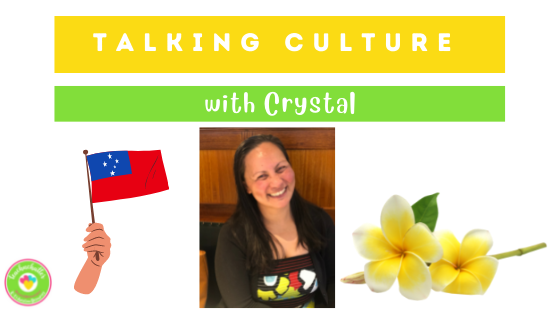
Some articles are easy to write and some….some just sit there hibernating in space, waiting for me to come back to them when I’m ready. Am I ever ready? Am I every ready to broach this subject? Well, here goes…
I think what launched my interest into this topic was being part of a committee at school. My task was to include the Aboriginal Curriculum perspectives into HASS and Science learning areas. I have written a blog previously on how I approached that task this year:
This activity involved a lot of reflection and I started to think about other cultures. If Aboriginal curriculum was important, surely all cultures were important too and how could I effectively embrace these cultures and set up an environment where I was truly inclusive?
When I refer to the word ‘culture’ what I mean is the way that the people in a particular country live. For example, how do they dress, what do they eat, what are their religious beliefs and general social norms. Of course, culture is used to describe the ways of being (behaving) within smaller communities such as a work place of specific town within a larger city. So, in this article, I am referring to the culture of a country as a whole.
Like I mentioned in my previous article, I found myself (particularly being back in Perth) doing ad hoc, random and brief activities to celebrate other cultures and it was at a very surface level really. Yes, I did that colour in, they made a flag for that country and so on. So, I really felt that I needed to get back to previous practises that I embraced in my country teaching and look into expanding my own teaching practices.
I think to begin with, just being open to learning about other cultures is the biggest action that you can take as a teacher. I don’t say this lightly, though it sounds obvious, because in a busy curriculum, such practices can be overridden by other priorities (at least for what was happening in my own classroom). What I mean here, is really being open and taking the time to have discussions with parents, children and other staff who are from other countries and learning about their culture.
My first step of action was to have a discussion with a friend, Crystal, who is a proud Samoan woman. I share this discussion on a podcast:
By having this detailed discussion with her, I learnt a lot of new information that I would not have if I didn’t ask her such questions. Tricky part as a teacher, you are potentially not going to have the time to have such long discussions with parents and there are some questions you may not be able to ask. I was lucky to know Crystal and thankful that she was willing to answer my questions!
If you don’t have a friend, or friends, who are from other cultures and willing to discuss their culture with you, look around, who else do you know? I had some brief discussions with our school cleaner. She is from another country and loved telling me little bits of information here and there. So, in this situation, she was not the “cleaner,” she was the “teacher” and I was learning from her. Being open to this opportunity will allow you to learn from others. I may have equally overlooked this valid opportunity, so, be open! That is a number one step to embracing other cultures and then, in turn, sharing these with your students and having an understanding about the students you teach.
It is also important to remember that not everyone wants to share their culture with you (for a variety of reasons that you may never be privy to). I asked one parent this year about her son’s elaborate lunch box treats. To me, they looked fascinating (as well as delicious). She briefly answered that they were rice balls with a curry dipping sauce and the conversation closed. Never mind because what I do not know is; 1 – how well does she understand what I am asking her (are there any language barriers?), 2 – does she have bad memories of her background? and 3 – is she trying to “slip” into the Australian way of life and doesn’t want to look “different”? So, there are just a few reasons for you to consider and maybe be mindful that not everyone is going to want to discuss and share their culture with you.
Anyway, back to Crystal. We discussed her culture and it did make me somewhat nervous to be making a podcast about this discussion. Why? Ultimately, because I didn’t want to create a product that was going to be viewed as culturally inappropriate. I think this is why we, as teachers, may not explore other cultures in the first place. How can you teach students about cultures that you really don’t know about? In this podcast discussion, Crystal reminded me of how important it was to get parents/carers to fill in the beginning of the year parent questionnaire. I had overlooked this as not an essential step when teaching students above a Kindergarten year level. I thought that parents would not find this as a necessary step anymore. How wrong I was!
I will reintroduce this activity in to my beginning of the year classroom set up. This one activity gives parents the opportunity to quietly add their cultural information (along with anything else they need to) on a confidential level. Some parents may not be willing to discuss in person some of their information and this is just a way that they can do so. I have created this resource as a freebie:
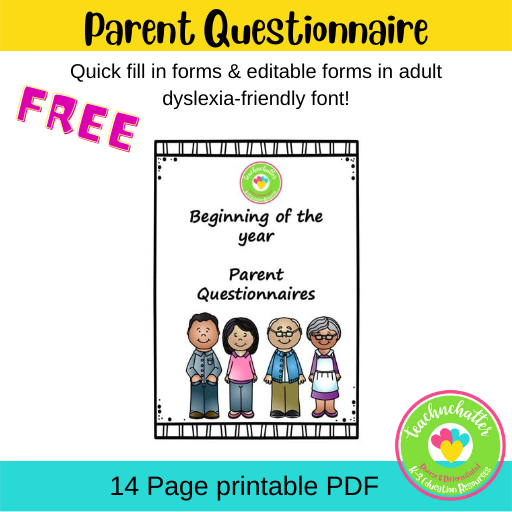
I found that when I googled and searched for information about other cultures, I usually discovered historical representations of these cultures. I questioned whether it was appropriate to include these photographs in teaching materials because I was unsure if people from those cultures would see them as offensive, inappropriate and stereotyped (especially when, in our modern times, it can be difficult to spot the person from another culture). This is when it is important to work alongside someone from that culture. If you are teaching students about that culture, talk to someone from that country (if you can).
When I created the PowerPoint lesson on the Samoan culture, I did this WITH Crystal. I asked her questions and we bounced ideas back and forth for quite a few weeks. So, there was quite a bit of collaboration over a very simple resource, but I wanted to “get it right” and have a product that would be accurate (not just in what I googled, but from her perspective). Given that I have done this work for you, you can save your time having to do a similar thing for your lessons. You can grab it here:
I loved this process though as not only were we creating an accurate resource but I was learning along the way!
I would like to thank Crystal for being a part of this learning journey. It is inspiring to see how she incorporates her traditional cultural ways into her families’ life as they live in Australia. There is no “fight” to maintain her traditional roots but it is a seamless, effortless and gentle approach.
How to include cultures in the classroom
Tips for teachers:
- Be open to learn from everyone around you
- Ask open-ended questions that invite people to share their culture
- Include a beginning of the year parent questionnaire to give parents the opportunity to share their culture
- Purchase multicultural resources for your classroom (puzzles, dolls, books, prints, crayons and so forth)
- Access resources from libraries that are in different languages
- Continue to embrace those special once a year events whereby you celebrate that specific cultural event but also, learn more about that special day and also include the steps listed here (1-5) alongside this practice!
How to embrace cultural diversity
Tips for parents:
Embracing other cultures in your home environment can very much depend on your own beliefs so, I think to begin with we need to be open to learning from other cultures and people. The words we use to describe people in other countries, different religious beliefs and so forth are hugely important. Children learn from the behaviour we model to them. As a parent, you set the scene for what behaviours are acceptable (and not acceptable) within your home. Generally speaking, I will comment on behaviours I like and do not like (and why) but not link the behaviour to a culture. Does that make sense? To me, I don’t mind where people come from and I think diversity just makes our world interesting. What does matter to me is how that person acts. What is their behaviour? That is what I judge (knowingly or not).
My tips for parents are similar to classroom teachers but here are some ideas for you:
- Celebrate cultural days and actively discuss and research the meaning behind that day with your child. Have fun with it! Side note: I still would like to learn more about ‘The day of the dead’ and my children have commented that it seems a bit “scary” to them because they haven’t grown up with similar experiences, so, I’d like to demystify it for them!
- Take out one extra book when you go to the local library that embraces a different culture. Share the book together. If you child is older, read diverse books yourself so that your child sees you reading a wide range of texts. Again, you are modelling important behaviours.
- Listen to music from all over the world. Create a multicultural playlist!
- Challenge stereotypical behaviours. If your child hears something that appears to be “inappropriate” at school, discuss it! This does not have to be an argument by any means. You can simply make comments like; why do you think X said that, do. you agree with that, what information provides this belief, where is this coming from, that’s one way of looking at it but how about this way…?
- Have a line in the sand approach to inappropriate vocabulary (that YOU see as inappropriate because this is up to you in your own house). In our house, we do not accept vocabulary that is demeaning to others (or generally nasty). That is our line in the sand. It will be different for everyone. The point is, your children need to know this. This is especially important (I feel) when they are teenagers and may “test” the boundaries…
- Create your own collection of multicultural artefacts (such as art and ornaments) and discuss them. Alternatively, collect some decorating items when you travel!
- Learn more about your own culture and teach your child the origins of their culture. Why some practices are the way they are!
- Try foods from other cultures and discuss why those foods were traditionally eaten. For example, did mangoes grow easily and naturally in that part of the world? Discuss such things as agriculture and have a multicultural night once a week.
- Fun! Approach learning about other cultures in a fun and positive manner. This does not have to be an ultra-serious journey here. Just have fun with it!
I hope this article and Podcast episode are useful to you. I feel that it is only the beginning but it’s a great way to start. I wish you all the best in your journeys.

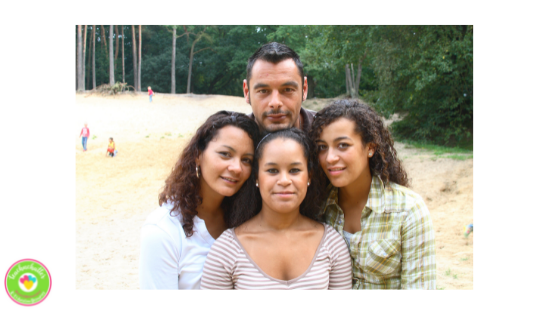

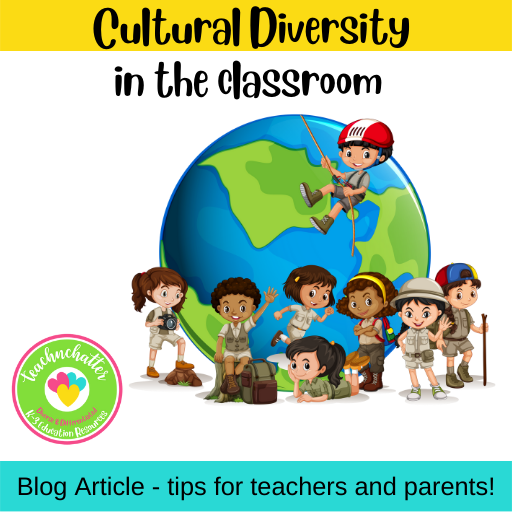
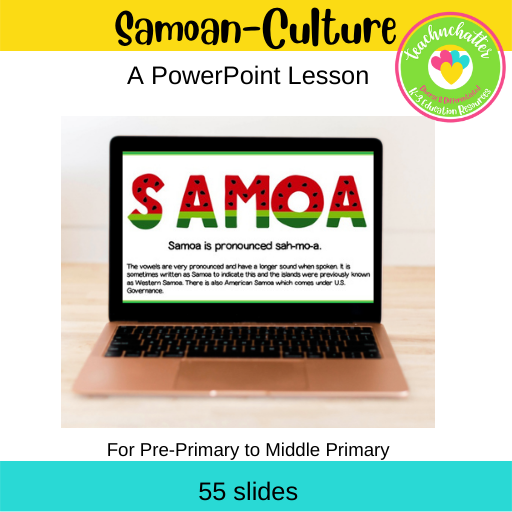







One Response
Lovely information JB. It is difficult to know when you can ‘push’ the boundaries. You write so well